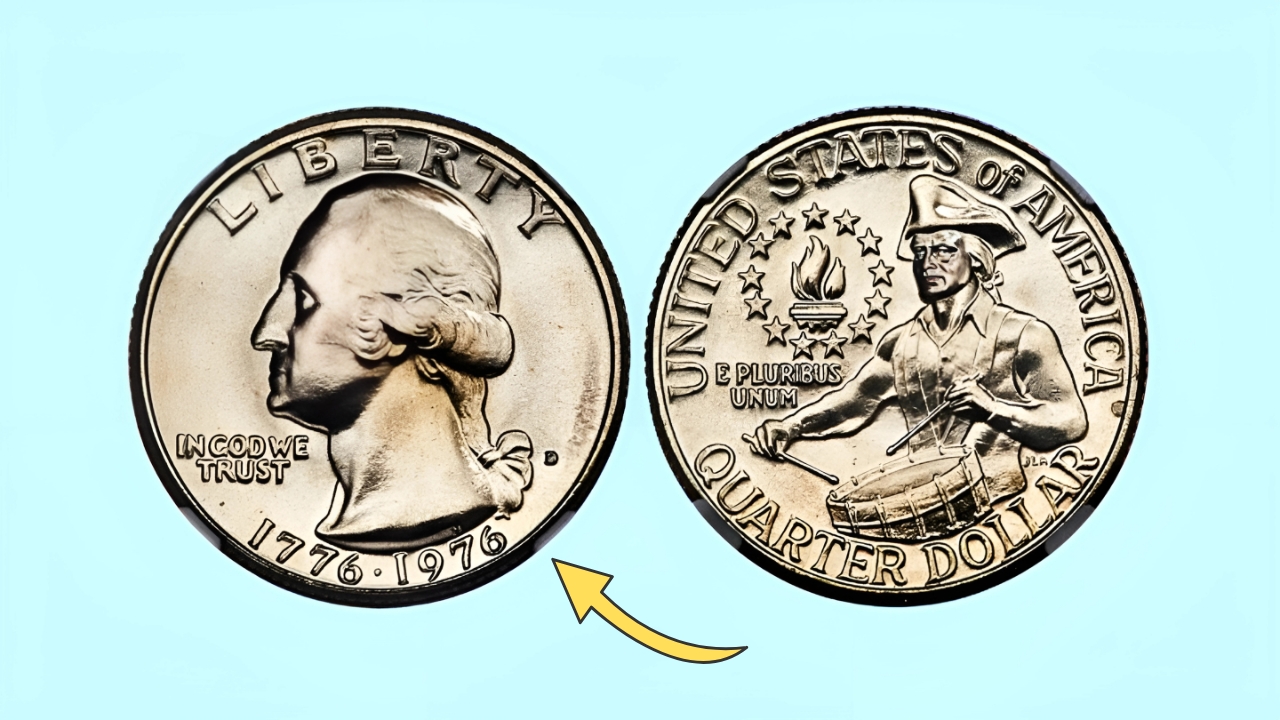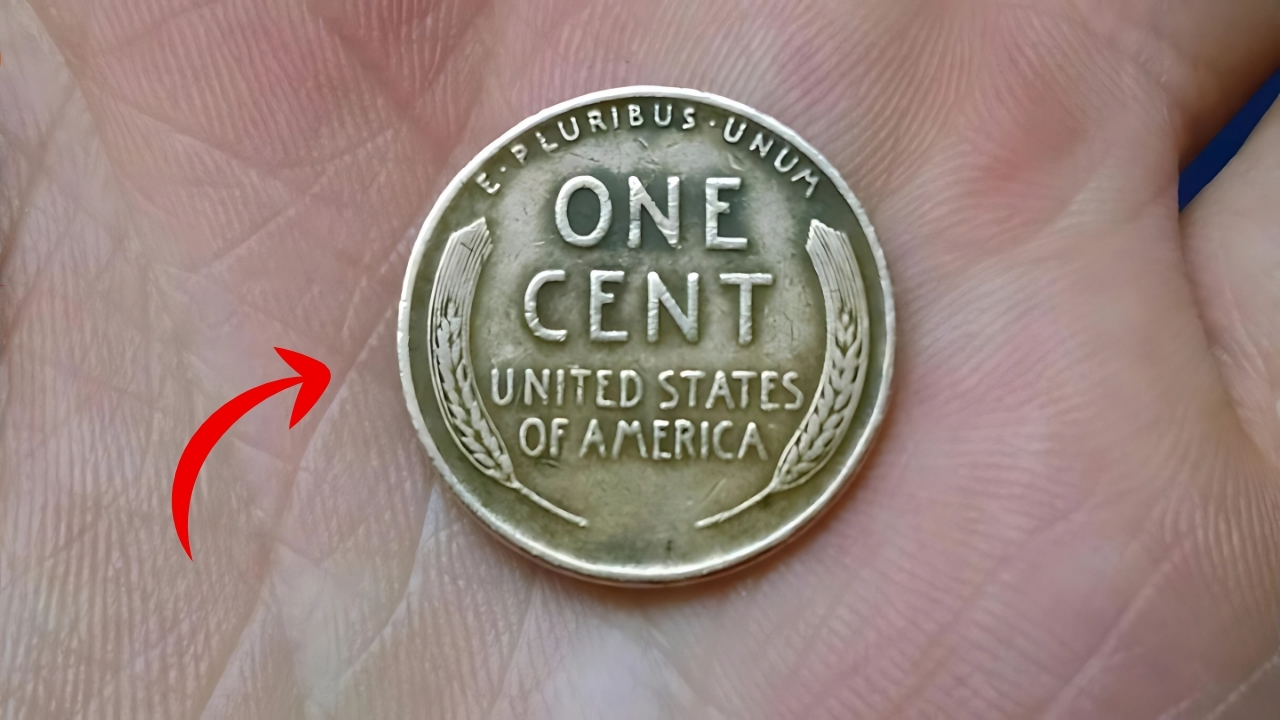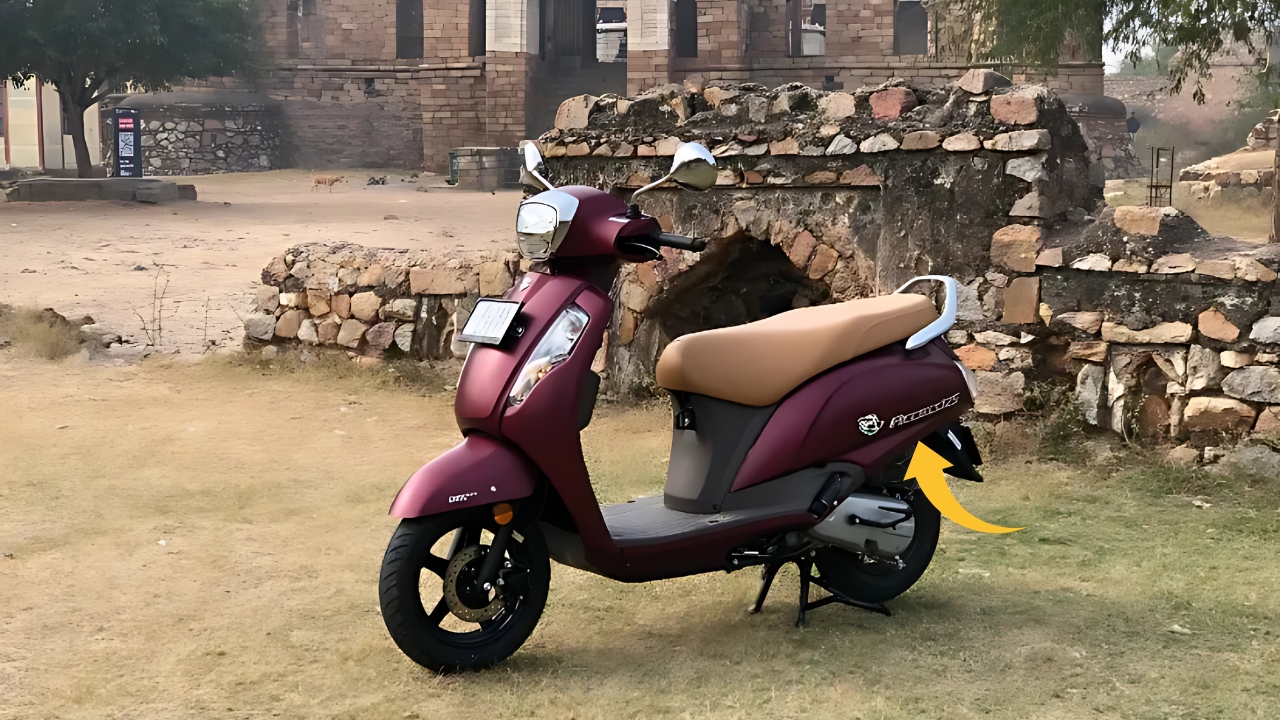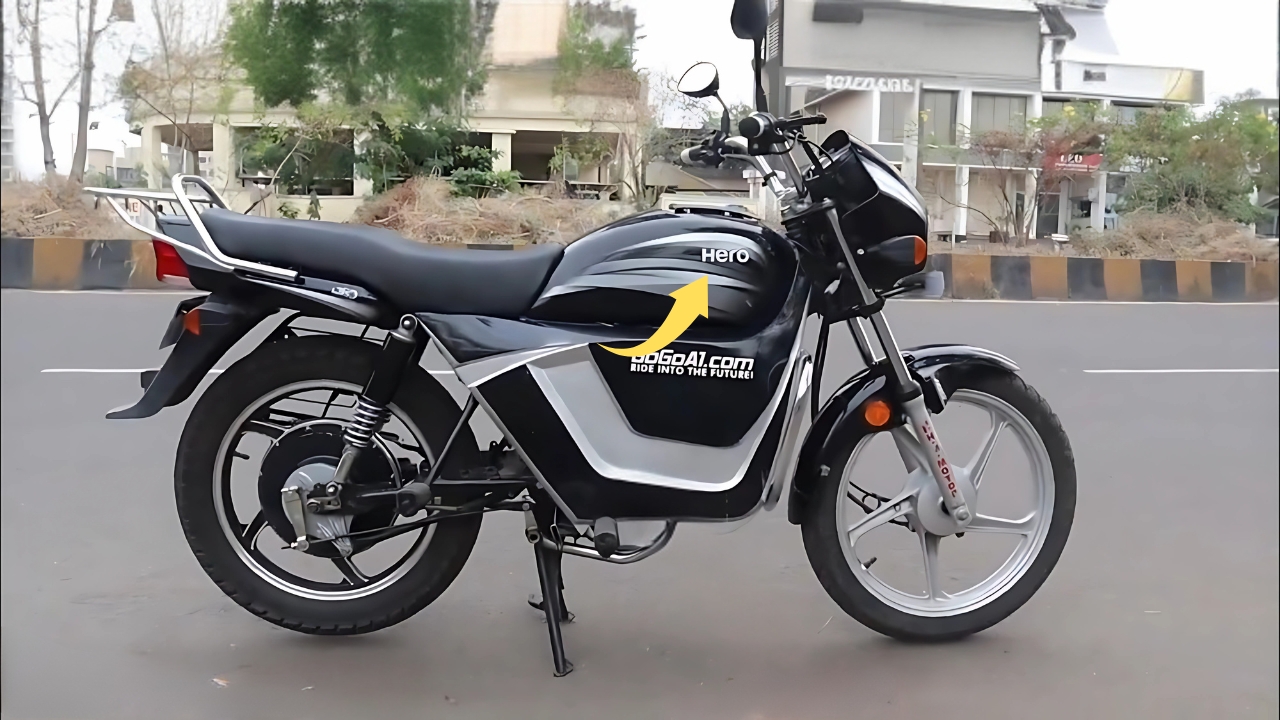The Bicentennial Quarter, minted in 1975 and 1976 to commemorate America’s 200th birthday, has become an iconic piece of U.S. numismatic history.
While most of these quarters carry modest premiums over face value, certain rare variants have skyrocketed in worth, turning these seemingly ordinary coins into coveted treasures.
Collectors and casual coin enthusiasts alike are increasingly scrutinizing their pocket change and inherited collections, hoping to discover these elusive specimens that can command thousands of dollars in today’s market.
Table of Contents
1. The Double Die Obverse (DDO) Bicentennial Quarter
Perhaps the most sought-after Bicentennial Quarter variant, the Double Die Obverse (DDO) exhibits distinctive doubling on Washington’s profile and the inscriptions.
This minting error occurred when the die used to strike the coin received multiple impressions at slightly different angles during its creation.
The most visible doubling appears on the word “LIBERTY” and the date, though careful examination with a magnifying glass reveals doubling throughout much of the obverse design.
The strongest examples of this error can fetch between $2,800 and $4,500 in uncirculated condition, with even worn specimens commanding $600-$900 from serious collectors.
“The DDO Bicentennial Quarter represents the perfect storm of numismatic appeal—combining a significant error with an already historically important commemorative design,” explains Michael Haynes, veteran coin dealer and authenticator.
“I’ve witnessed collectors empty entire retirement accounts to acquire particularly striking examples.”
Authenticating these requires careful examination under proper magnification, as countless counterfeits have emerged since their value became widely known. Professional grading is strongly recommended before making substantial purchases.
2. Silver Proof Varieties with Minting Errors
While the U.S. Mint produced over 11 million silver-composition proof Bicentennial Quarters for collectors, certain error varieties among these special strikes have become legendary rarities.
The most valuable is the “No S” Silver Proof variant, where the San Francisco mint mark was mistakenly omitted. Only seven authenticated examples are known to exist, with the most recent public sale fetching an astonishing $32,200 at auction in 2021.
These coins were discovered in proof sets sold directly by the Mint, making their packaging an important part of their provenance.
Similarly valuable are the “Filled S” Silver Proofs, where the mint mark appears partially or completely filled due to die polishing or debris. These range from $1,200 to $2,800 depending on the extent of the filling and the coin’s overall condition.
“Silver proof errors combine two elements collectors obsess over—precious metal content and minting mistakes,” notes Eliza Thompson, numismatic author. “Their controlled production environment makes errors exceptionally rare, which explains their premium valuations.”
3. The Transitional Clad-on-Silver Error
A fascinating minting anomaly occurred when the composition transition between standard clad quarters and the special 40% silver Bicentennial issues went awry.
A handful of Bicentennial Quarters were struck using a clad layer over a silver core—the exact opposite of the intended silver composition.
These “transitional errors” resulted from improper handling of planchets during the production process. When tested, these coins show characteristics of both compositions and often weigh slightly more than standard clad quarters but less than their silver counterparts.
Only 18 examples have been conclusively authenticated, with values ranging from $6,500 to $10,200 depending on condition.
Their rarity stems from the brief window during which such an error could occur and the thoroughness of Mint quality control that caught most anomalies.
4. The Dramatic Off-Center Bicentennial Strikes
Off-center strikes occur when a planchet is improperly positioned during the striking process. While off-center errors exist for many coin types, those affecting Bicentennial Quarters have commanded exceptional premiums, particularly when the error preserves the distinctive dual-date (1776-1976) and the drummer boy reverse design.
The most valuable examples are those struck 40-60% off-center while still showing the complete date and at least partial drummer imagery.
These dramatic visual errors can realize $1,800 to $3,400 at specialist auctions, with particularly aesthetic examples occasionally exceeding these figures.
“The visual impact of a significantly off-center Bicentennial Quarter creates immediate collector desire,” observes Robert Wilkins, auction specialist. “When the misalignment frames the colonial drummer perfectly, even non-collectors recognize their distinctiveness.”
5. The Quadruple-Struck Washington Error
The rarest and most visually striking Bicentennial Quarter error involves multiple strikes—typically three or four impressions—with significant rotation or movement between strikes. These dramatic errors create ghostly, overlapping images of Washington and the drummer boy design.
Only twelve authenticated quadruple-struck Bicentennial Quarters have been documented, with nine in private collections and three in museum holdings.
Recent private treaty sales have valued these between $7,200 and $12,500 depending on the clarity of the multiple strikes and overall eye appeal.
“Multiple-strike errors on commemorative designs create fascinating artistic effects never intended by the original sculptor,” explains Dr. Jennifer Martinez, numismatic historian.
“The overlapping drummers can create an almost animated effect, as though the revolutionary figure is actually marching across the coin.”
These top 5 Rarest Bicentennial Quarter coins
As values continue climbing, counterfeiting and artificial alteration of Bicentennial Quarters have become serious concerns. Collectors should seek professional authentication from PCGS, NGC, or ANACS before making significant purchases, particularly for the double die and composition error varieties.
Weight testing provides a preliminary assessment for potential silver composition errors, as standard clad quarters weigh 5.67 grams, while the silver varieties weigh 5.75 grams. However, sophisticated counterfeits can match these specifications, making advanced authentication crucial.
The market trajectory for rare Bicentennial Quarter variants appears robust, with prices increasing approximately 15-20% annually over the past five years.
This growth reflects both broader trends in the numismatic market and increasing awareness of these specific varieties among mainstream collectors.
“As we approach the 250th anniversary of American independence, interest in Bicentennial coinage will likely surge further,” predicts Thompson.
“Collectors priced out of colonial and early American coins often focus instead on these more accessible commemoratives with historical significance.”
For everyday Americans, these valuable variants offer the tantalizing possibility that extraordinary value might be hiding in ordinary pocket change—a prospect that continues to inspire new generations of coin collectors.











